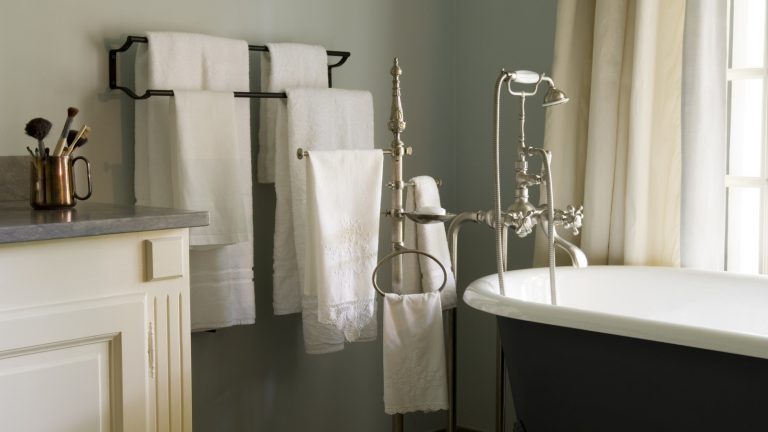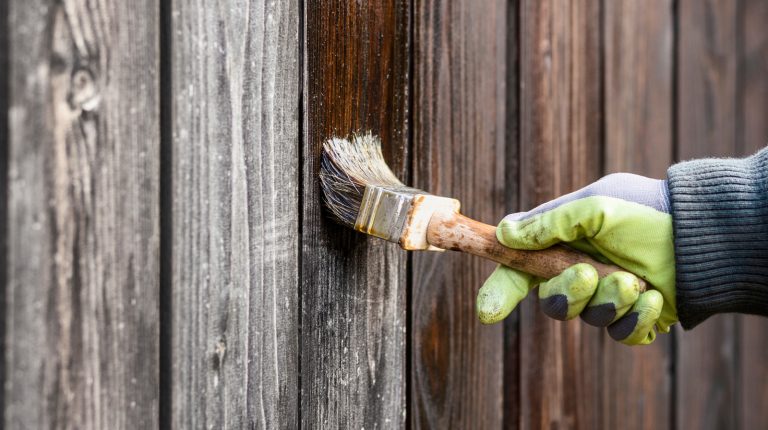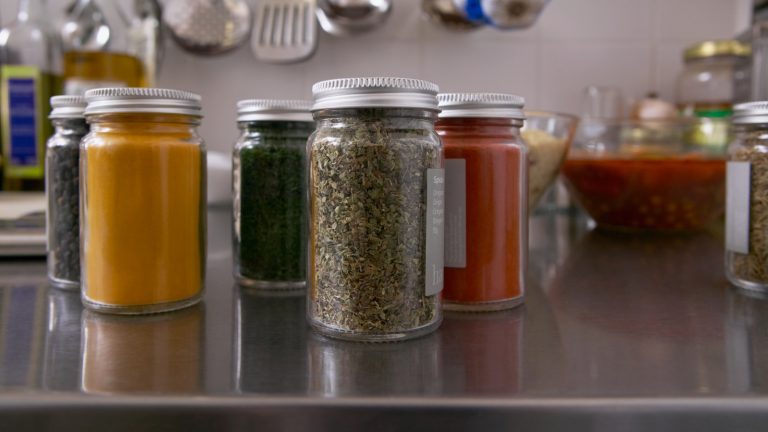
Enjoying a continuous supply of fresh lemons year-round might appear luxurious, but it’s entirely achievable with the right indoor conditions. Maintaining a potted lemon tree involves careful attention to sunlight, temperature, and a consistent watering routine. Although it may seem straightforward, indoor lemon tree cultivation can be challenging due to common watering errors, especially overwatering and underwatering. Striking the perfect balance in your watering schedule is essential for creating a healthy growth environment.
Why is watering particularly critical for indoor lemon trees? Like most plants, citrus trees rely on water to supply essential nutrients for growth. Water also plays a vital role in photosynthesis, helping your plant maintain healthy leaves, continue growing, and eventually produce fruit. For young lemon trees, a proper watering routine is crucial for establishing a robust root system. Without this regimen, your plant may become stressed, hindering growth and fruit development. Regularly check your lemon tree to determine the appropriate watering frequency for your indoor plant.
Common Watering Mistakes and Solutions
A frequent mistake in growing indoor lemon trees is overwatering. Although lemon trees thrive in evenly moist soil, excessive water can cause several health problems that impede fruit growth. Overwatering can lead to root rot, leaf droop, and a decline in overall plant health. It can also stunt growth and halt fruit production. This problem may worsen if pots lack adequate drainage, trapping water at the bottom. Let the top 1 to 2 inches of soil dry out between waterings, and ensure your pot has sufficient drainage holes to let excess water escape.
Underwatering is another common issue when cultivating indoor lemon trees. If the plant lacks adequate water, it will exhibit distinct stress signs, such as yellowing, wilting, or dried leaves. Underwatered lemon trees may struggle with fruit production since they need water to absorb nutrients from the right soil. To prevent underwatering, ensure water reaches the bottom of the planter. Drainage holes are crucial for this process, allowing you to see water exiting the pot’s base.
Properly Caring for an Indoor Lemon Tree
To successfully grow a lemon tree indoors, you’ll need to create the perfect environment for your plant. Start by selecting the right lemon variety. Meyer lemons are ideal due to their semi-dwarf nature, remaining compact while bearing fruit. Other suitable indoor varieties include dwarf ponderosa and dwarf variegated pink lemonade. Choose an appropriately sized pot for your plant, avoiding overly large pots that retain excess moisture. Use a well-draining, slightly acidic potting mix designed specifically for citrus plants.
Proper lighting is crucial for maintaining an indoor lemon tree. Your plant should receive 8 to 12 hours of sunlight daily, supplementing natural light in winter with a grow light if needed. Maintaining the right temperature is also essential. Lemon trees thrive in temperatures ranging from 55 to 65 degrees Fahrenheit. Significant temperature fluctuations can stress the plant, hindering leaf and fruit growth. Lemon trees enjoy high humidity, which can be provided by a humidifier or a trendy humidity tray to retain moisture.
“`






